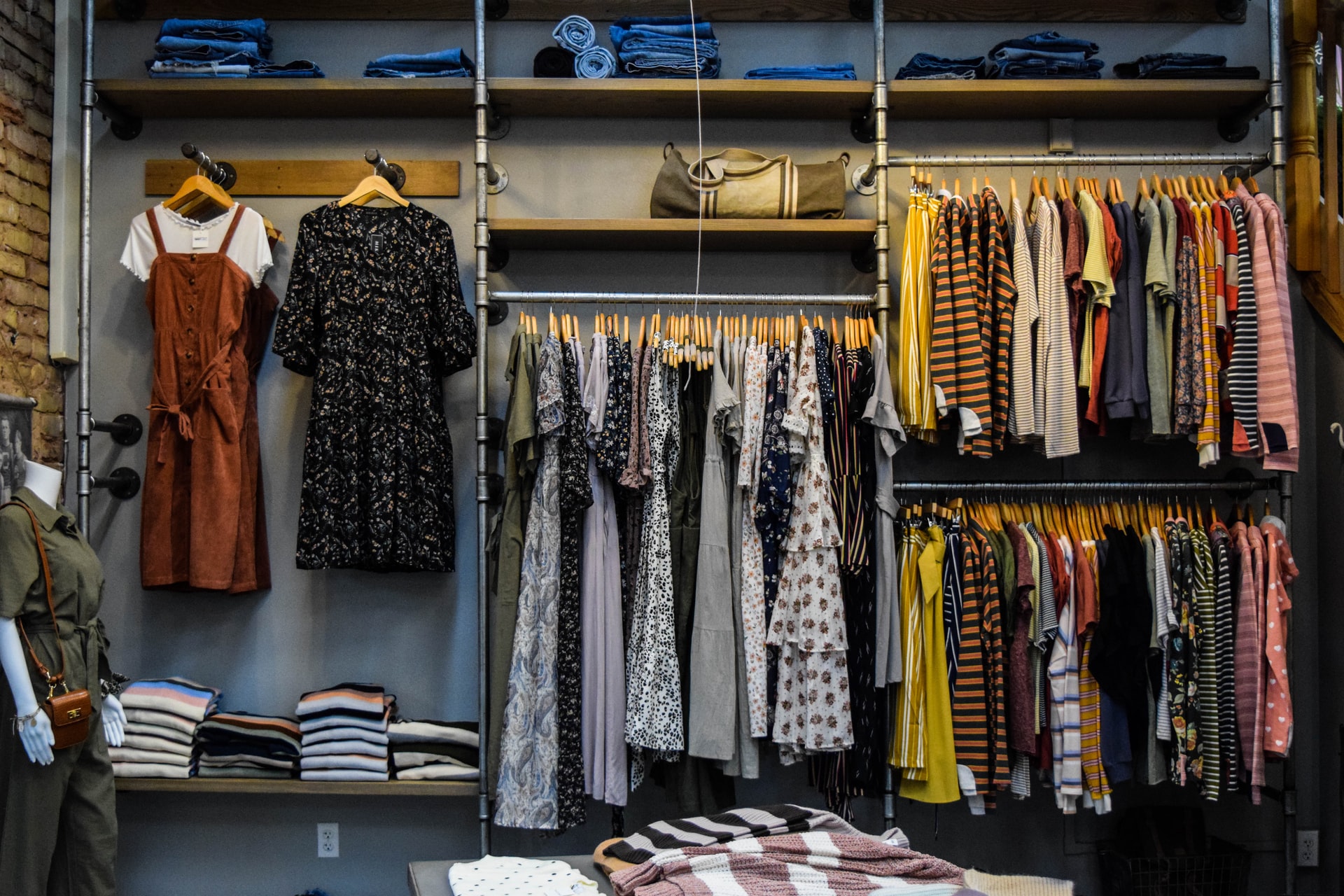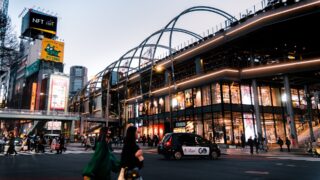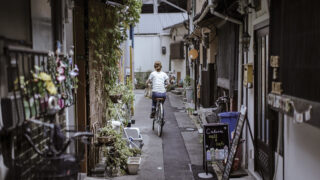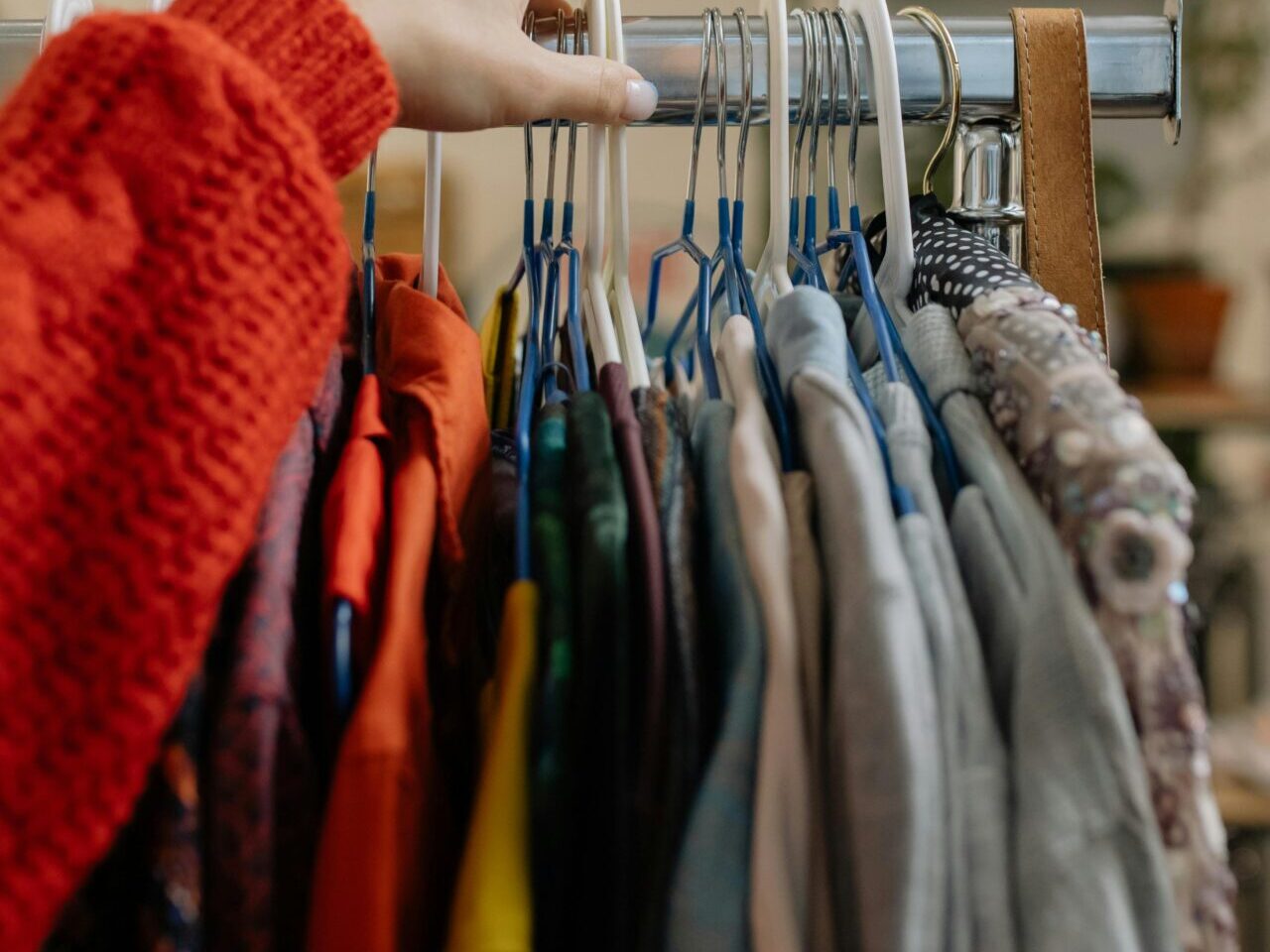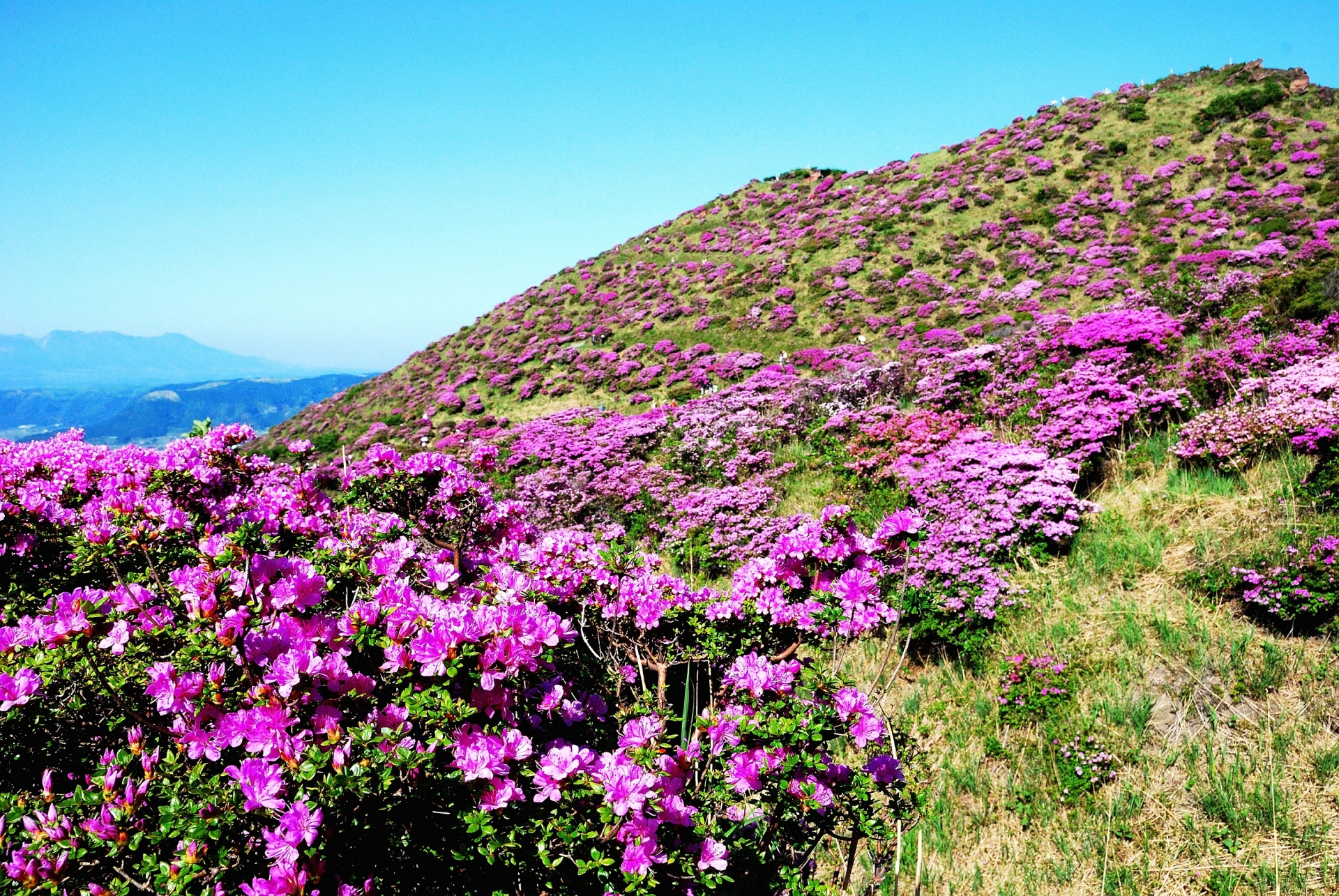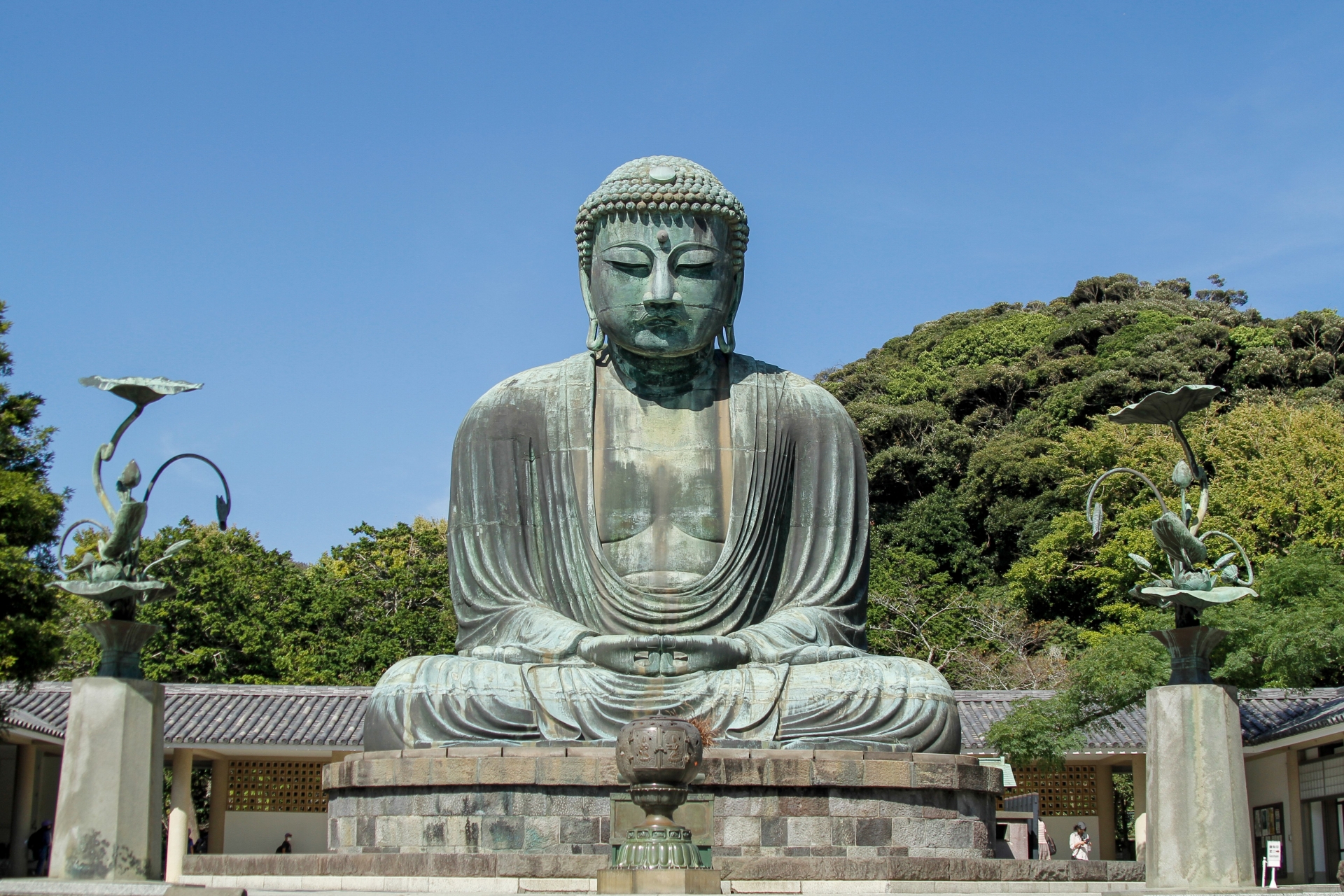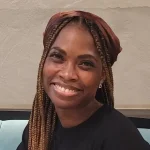
Karina James is a native of Antigua and Barbuda. She resides in Tokyo and works as a cat butler, pre-school teacher and writer/editor. She’s open to trying any hobby at least once as long as it does not involve ice or snow. Lover of all things snack-related, she adores her friends’ gifts of chocolates and TOUGH gummies. Her dream is to move to Iceland after Japan and swim in the hot springs in her free time.
This post may contain some affiliate links. When you click through and make a purchase we may receive some commission, at no extra cost to you.
One aspect of Japanese culture that first caught my interest over a decade ago is fashion. Japanese fashion has always been an exciting mix of tradition, innovation, and a whole lot of personality. Over the decades—from the laid-back looks of the 1970s to today’s sleek, cutting-edge styles—the way people dress in Japan tells a story of cultural shifts, economic ups and downs, and a vibrant spirit that just refuses to be boxed in.
As a child, I loved seeing Harajuku-inspired fashion in magazines and music videos. The brightly colored hairstyles and outfits sported by animation characters plus the wacky outfits high school Japanese kids wore in movies like Crows and Battle Royale were so different from the high school fashion I was accustomed to at home and in Western media. The fashion today is completely different, and I am excited to see how it will continue to evolve in the future.
Let’s take a casual stroll through the decades and check out how both men’s and women’s styles evolved, all while reflecting the background vibes of each era.
1970s
Men
The 1970s in Japan marked a transformative era of cultural and economic rebirth. After the rapid post-war recovery of the 1960s, the country was finally finding its groove, and Tokyo’s streets buzzed with creative energy and fresh ideas. Men’s fashion took on a distinctive blend of Western influences and emerging local sensibilities. Subcultures such as Myukizoku began to gain traction, offering a streetwise, rebellious aesthetic that challenged traditional sartorial norms. Young men in bustling urban centers like Ginza and Shibuya started pairing sharply tailored blazers with casual cotton pants, infusing a sense of preppy Ivy League charm into their everyday look. Additionally, experimental silhouettes such as those seen in Nyutora provided a playful twist, while the adoption of paper bag styles introduced a relaxed yet innovative spirit. Denim, once solely associated with Western culture, quickly emerged as a symbol of both comfort and freedom. This infusion of high fashion elements signaled the growing aspirations of a middle class eager to express a modern identity that was both refined and uniquely Japanese.
Women
For Japanese women in the 1970s, fashion was an exhilarating journey of self-expression and transformation. As societal barriers began to crumble, women embraced a bold new vision by blending traditional Japanese aesthetics with daring Western influences. Flowing skirts, striking prints, and layered outfits became emblems of empowerment—an invitation to break free from the old conservative molds. Designers and everyday fashion enthusiasts alike experimented with bright colors and innovative silhouettes, creating a dynamic dialogue between heritage and modernity. This era not only celebrated elegance but also redefined femininity; women were setting trends that echoed the optimism of a nation on the rise. With the incorporation of high fashion elements alongside casual, everyday wear, the 1970s became a canvas on which the narrative of liberation and creativity was vividly painted.
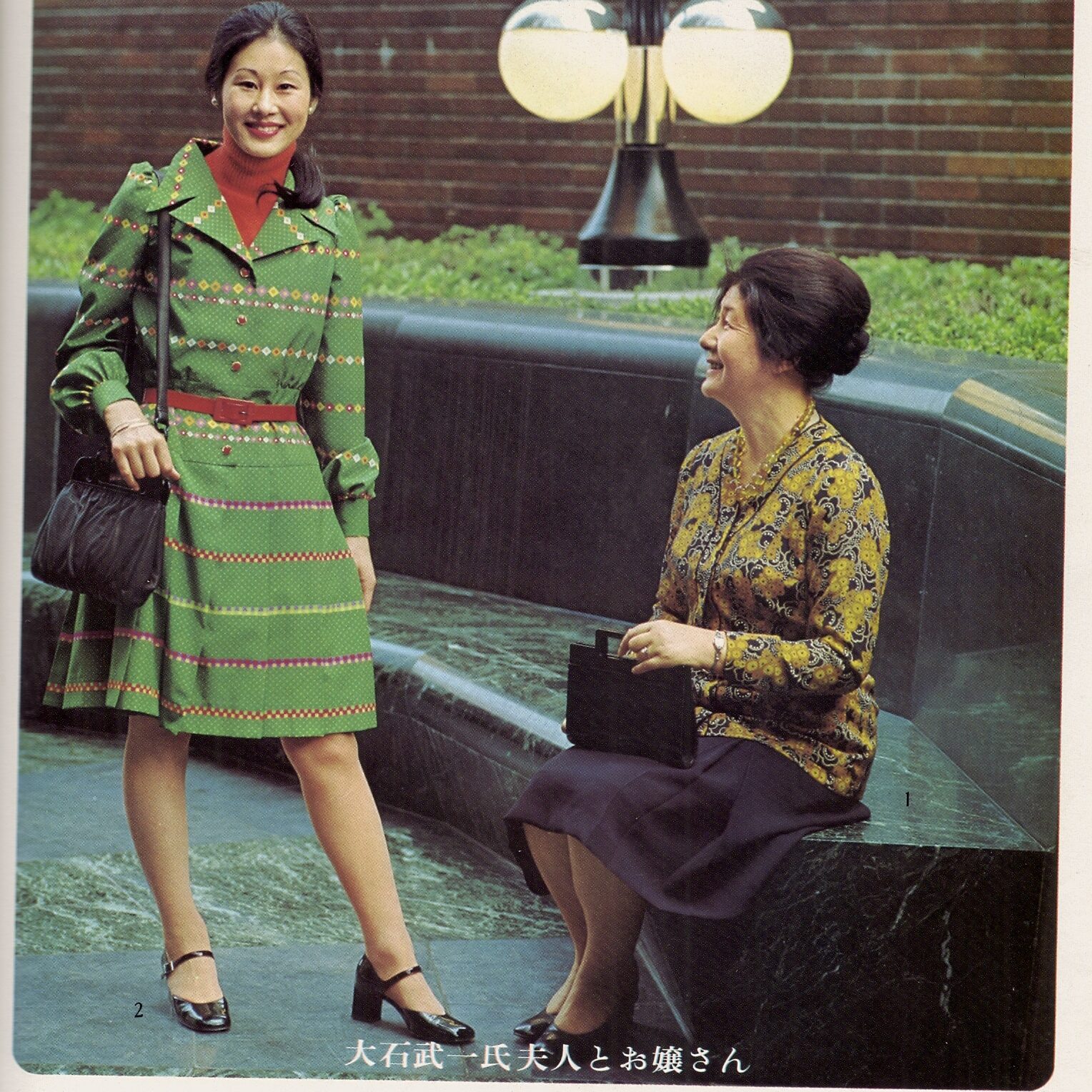
1980s
Men
The 1980s were defined by the exuberance of Japan’s bubble economy, an era where ambition and extravagance permeated every facet of life. Men’s fashion during this period embraced bold statements and unapologetic flair. The emergence of subcultures like Takenokozoku challenged established norms, injecting a dose of streetwise irreverence into the polished business attire. The Harlem suit became emblematic of the era—a symbol of power and sophistication, characterized by its structured, tailored lines that exuded confidence in every setting. Even as power dressing dominated boardrooms, the playful side of men’s fashion could not be ignored. Elements such as quirky patterned shirts added an unexpected twist to conventional looks. This fusion of refined elegance with street-level innovation created an atmosphere where every outfit was both a status symbol and a personal declaration of style, capturing the optimistic and sometimes extravagant spirit of the 1980s.
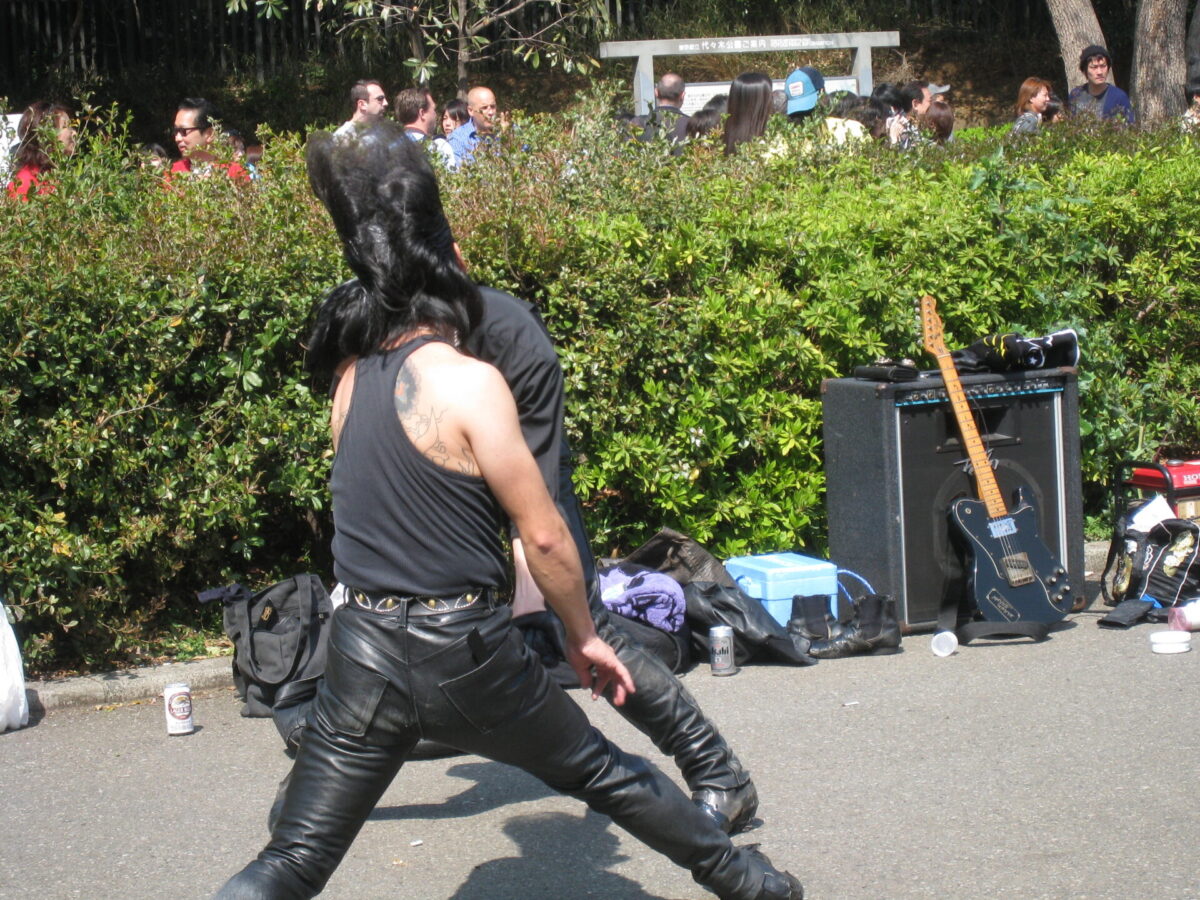
Women
In the 1980s, Japanese women redefined style by balancing assertiveness with grace. The economic boom afforded them a newfound independence that was vividly reflected in their wardrobe choices. Power dressing emerged as a dominant trend, with structured silhouettes, bold shoulder pads, and impeccably tailored garments making their way into both professional settings and social gatherings. The sophisticated allure of the China gown, with its graceful drapery and delicate detailing, provided a striking contrast to the otherwise dynamic and vibrant fashion scene. Accessories infused with a touch of shine & sparkle enhanced the overall look, ensuring that each ensemble was both a statement of strength and a celebration of femininity. Women seamlessly blended elements of modern corporate chic with playful, innovative designs, embodying a style that was at once formidable and elegant. This era witnessed the convergence of high fashion with everyday practicality, allowing women to navigate both boardrooms and bustling city streets with equal poise and confidence.
1990s
Men
The 1990s heralded a period of introspection and reinvention following the economic downturn. As Japan grappled with the realities of the so-called “lost decade,” men’s fashion took on a more relaxed, urban character. In vibrant neighborhoods such as Harajuku and Shibuya, a new era of street style emerged, characterized by eclectic layering, loose silhouettes, and an inventive use of accessories. Global influences—ranging from hip-hop beats to grunge aesthetics—merged with local traditions to give birth to a uniquely Japanese urban look. Trends like amuraa and amerikaji encapsulated this spirit, blending American casual wear with indigenous design sensibilities. Additionally, the quirky influence of urahara, with its offbeat and rebellious edge, further diversified men’s fashion, proving that style could be both accessible and deeply expressive even in challenging economic times.
Women
For women, the 1990s became a vibrant playground for self-expression and creative rebellion. As Japan’s pop culture exploded onto the global stage, subcultures such as gyaru burst forth, defined by daring beauty trends including bleached hair and tanned skin—a radical departure from traditional standards. The whimsical appeal of schoolgirl kawaii introduced playful, youthful elements that contrasted with more mature styles. At the same time, the infusion of French casual elegance brought an air of relaxed sophistication to everyday wear, while the avant‐garde paragal trend pushed boundaries with unconventional designs and bold statements. Women found inspiration in the eclectic mix of amuraa+ amerikaji influences, crafting looks that were both nostalgic and futuristic. This era of fashion was marked by a fearless embrace of individuality, where every outfit served as a canvas for personal expression amid a backdrop of economic and cultural change.
2000s
Men
As Japan entered the new millennium, men’s fashion evolved into a harmonious blend of tradition and contemporary minimalism. The early 2000s saw a return to clean lines and understated elegance, with designers emphasizing simplicity and functionality. Trends such as select_kei and hahako emerged, characterized by streamlined cuts and a subtle interplay of colors and textures. Influences from high-end labels like Dior HOMME and Serebukei brought a touch of luxury to everyday attire, while the spirit of the uchira generation, combined with the rapid rise of fast fashion, ensured that these innovative styles were both practical and attainable. Men embraced a versatile approach to dressing, crafting looks that effortlessly transitioned from formal business environments to relaxed, casual settings. The minimalist aesthetic of the 2000s was a testament to Japan’s ability to honor its cultural heritage while simultaneously embracing modernity and global trends.
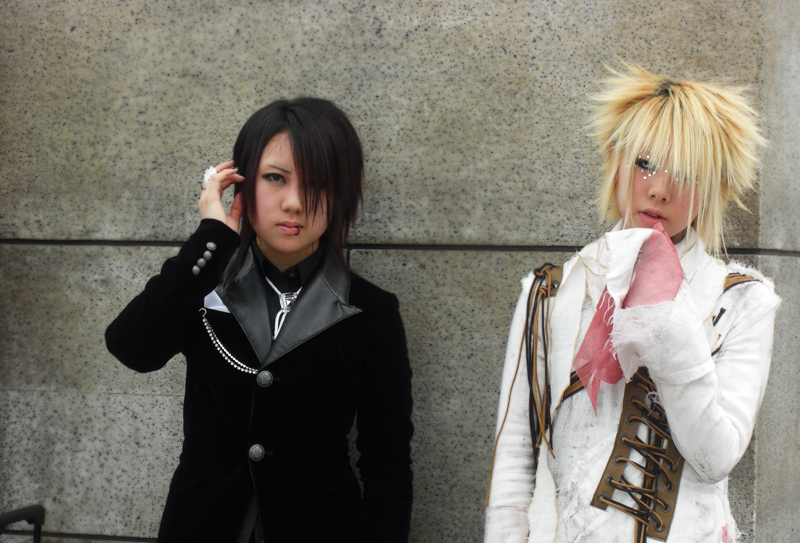
Women
Women’s fashion in the 2000s was a period of reinvention and creative fusion. Tokyo’s streets, especially in creative hubs like Harajuku, became dynamic runways where traditional Japanese motifs were reimagined through modern design. The decade witnessed a fascinating interplay between vintage revival and cutting-edge minimalism. Delicate, feminine details were often juxtaposed with bold, experimental cuts to create a look that was as innovative as it was elegant. A growing awareness of sustainable practices also began to influence high fashion, leading to the incorporation of eco-friendly materials in collections that still maintained an air of luxury. This era allowed women to celebrate their individuality by mixing eclectic elements—from classic silhouettes to daring contemporary innovations—resulting in styles that honored cultural heritage while boldly stepping into the future.
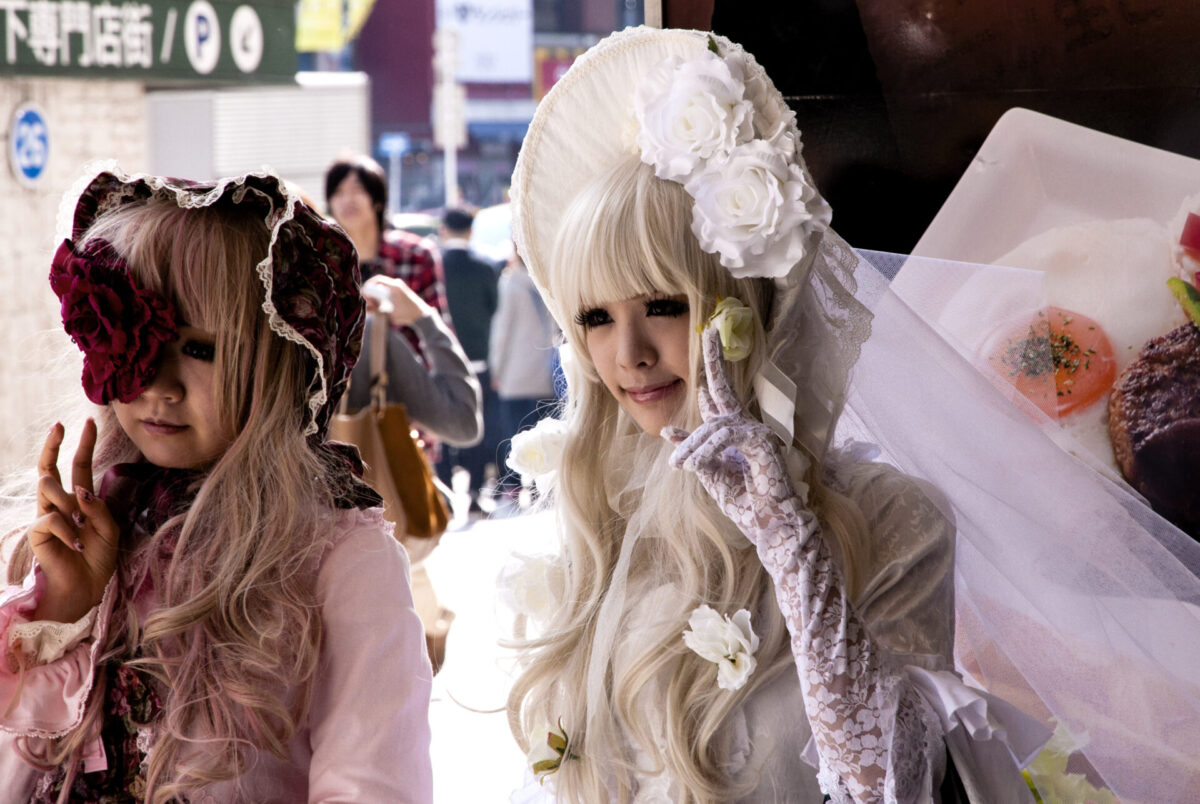
2010s
Men
The 2010s marked a turning point in Japanese men’s fashion, propelled by the rise of digital media and increasing globalization. This decade was characterized by a seamless fusion of urban minimalism with experimental streetwear. Trends like the bike trend and the city boy style captured the essence of modern metropolitan life, emphasizing clean, structured lines and functional design. The influence of the Japanologist aesthetic—paying homage to traditional craftsmanship while infusing modern sensibilities—further enriched the men’s wardrobe. Futago coordinate styles, with their innovative approach to layering and color-blocking, blurred the traditional boundaries between masculine and feminine silhouettes, paving the way for a more fluid interpretation of style. The super mix of retro classic elements combined with the refined aura of the fashion elite created a distinctive look that was both rooted in heritage and boldly contemporary. Men in the 2010s embraced a forward-thinking mentality, using fashion to communicate both cultural pride and individual creativity.
Women
For women in the 2010s, fashion was as much about self-expression as it was about making a statement. The explosion of social media platforms provided a fertile ground for innovative ideas, where sleek, minimalist designs met dramatic, statement-making accessories. Women seamlessly blended high fashion with everyday streetwear, drawing inspiration from retro classic influences and the refined sensibility of the fashion elite. Digital trends also led to the emergence of new styles that redefined traditional aesthetics—merging futuristic elements with classic Japanese motifs. This decade saw women experimenting with a variety of looks, from understated elegance to bold, avant-garde statements, ensuring that every outfit was a personal narrative of style and identity. Sustainable and ethical fashion also began to take center stage, as designers and consumers alike embraced practices that celebrated both creativity and environmental responsibility. The 2010s were a testament to the power of individuality, with women redefining what it meant to be stylish in a fast-paced, interconnected world.
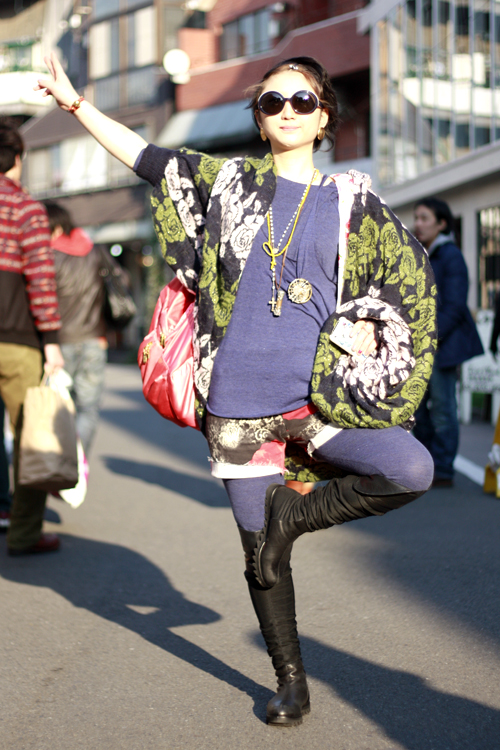
2020s
Men
As the 2020s unfold, Japanese men’s fashion continues to evolve in exciting new directions, balancing forward-thinking design with a deep respect for tradition. The current era is defined by a commitment to sustainability, technological innovation, and a refined sense of modernity. Contemporary trends such as sporty clashes and oversized silhouettes reflect a shift towards comfort and functionality without sacrificing style. Elevated knits and the practical integration of designer face masks serve as both fashion statements and responses to modern challenges, such as health and environmental concerns. The rise of techwear, characterized by its advanced materials and digital prints, signals a bold leap into the future of fashion. Meanwhile, eye-catching details like loud printed shirts and the daring combination of plaid on plaid inject a sense of rebellious creativity into urban looks. This decade not only embraces the cutting edge of design but also honors the rich cultural heritage that continues to inspire innovative reinterpretations of classic styles.
Women
In the 2020s, Japanese women are at the forefront of a fashion revolution that blends artistic expression with a strong commitment to sustainability and ethical practices. Modern designs are characterized by an extraordinary versatility—outfits that effortlessly transition from day to night while making a bold cultural statement. A fusion of high fashion with streetwear is evident, as trends such as goth grunge and e-girl aesthetics interlace with more traditional influences. Oversized garments and elevated knits ensure that comfort and functionality remain paramount, while the strategic use of designer face masks reflects a pragmatic adaptation to contemporary global realities. This era is marked by a profound reimagining of traditional motifs, reinterpreting them in innovative ways that celebrate both heritage and progressive values. Each outfit becomes a statement of individuality—a wearable narrative that captures the spirit of modern Japan, where every piece of clothing is a blend of history, innovation, and personal expression.
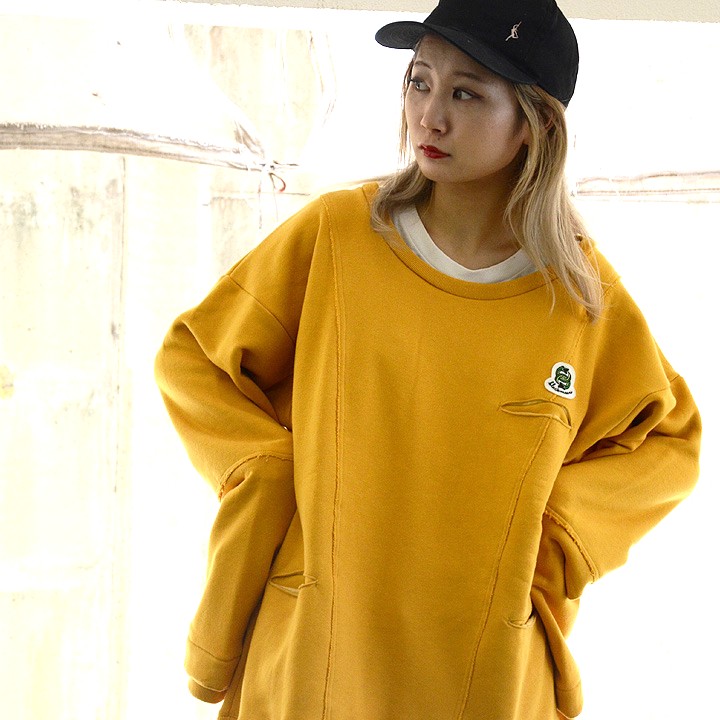
The evolution of Japanese fashion from the 1970s to the 2020s is a compelling narrative of transformation, resilience, and creativity. Each decade has contributed a unique chapter to this ongoing story. The 1970s introduced the bold experimentation of Myukizoku and Ivy League influences, setting the stage for a fashion revolution rooted in the optimism of a recovering nation. The exuberance of the 1980s brought forward the power of subcultures like Takenokozoku and the refined allure of the Harlem suit, where economic prosperity met daring stylistic innovation. The 1990s, in the wake of economic challenges, saw a redefinition of style as both men and women embraced a mix of global influences and local ingenuity—transforming urban streetwear into an art form of self-expression. The turn of the millennium in the 2000s witnessed a thoughtful balance between tradition and modern minimalism, with trends such as select_kei and hahako symbolizing a return to clean, functional design enriched by luxurious accents. The digital age of the 2010s catalyzed a revolution in style, blending the timeless appeal of retro classic elements with cutting-edge innovations, and paving the way for a more fluid, expressive mode of dress. Finally, the 2020s have emerged as an era of sustainability, technological integration, and bold reimagination, where every outfit tells a story of cultural heritage, modern challenges, and a relentless drive for creative expression.
This rich tapestry of fashion is not merely a chronicle of changing trends but a mirror reflecting Japan’s evolving societal values, economic landscapes, and cultural dialogues. From the rebellious streets of the 1970s to the innovative, tech-infused aesthetics of the 2020s, Japanese fashion continues to be a dynamic interplay between the past and the future—an ever-evolving art form that celebrates both individuality and a collective cultural legacy.
Japan Wonder Travel Tours
Japan Wonder Travel is a travel agency that offers guided tours throughout Japan.
From private walking tours to delicious Food and Drink tours, we can help you organize the best tours just for you! If you want to explore Japan and learn more about the history and backstories of each area you are visiting, our knowledgeable and friendly English speaking guides will happily take you to the best spots!
In addition, we can provide you with any assistance you may need for your upcoming trip to Japan, so please feel free to contact us if you have any questions or need some help!
▶Tokyo Tsukiji Fish Market Food and Drink Tour
Explore the most lively and popular fish market in Tokyo and try some of the local’s favorite street foods and sake with one of our friendly and knowledgeable English speaking guides!

▶Tokyo 1–Day Highlights Private Walking Tour (8 Hours)
There’s no better way to explore an area than taking a tour with a knowledgeable local guide. You will have the chance to learn about the history and interesting background stories of Tokyo, as well as discover some hidden gems which can be hard to do without a guide.
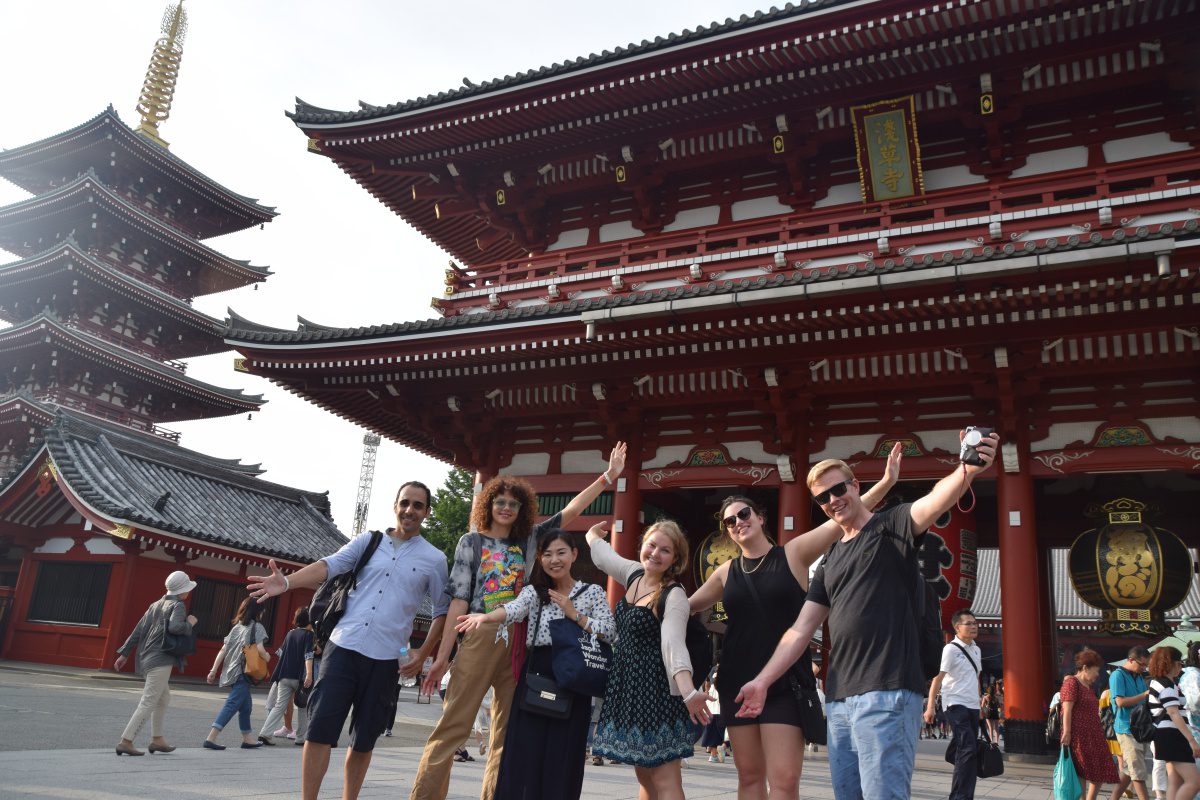
▶Mt. Fuji Day Trip Bus Tour from Tokyo
Experience the breathtaking views of Mt. Fuji by visiting the highlights of the area on our guided sightseeing bus tour! Departing from Shinjuku in central Tokyo, you can travel comfortably to all of the best spots in the area by bus.
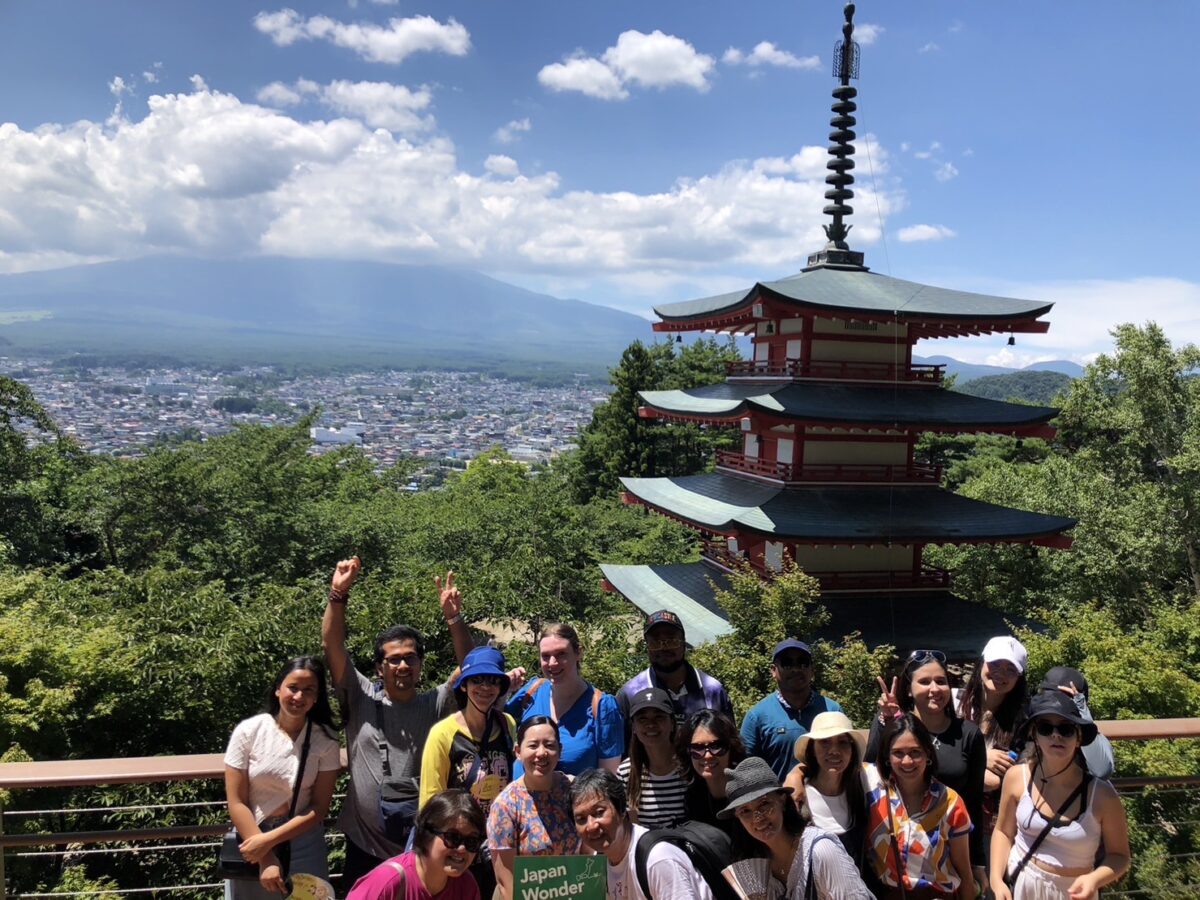
▶Kyoto Private Full Day Walking Tour
On this full-day private tour of Kyoto, you will be able to see the highlights of Kyoto in just one day and at the same time develop a deeper understanding of both the culture of the area and Japan as a whole.
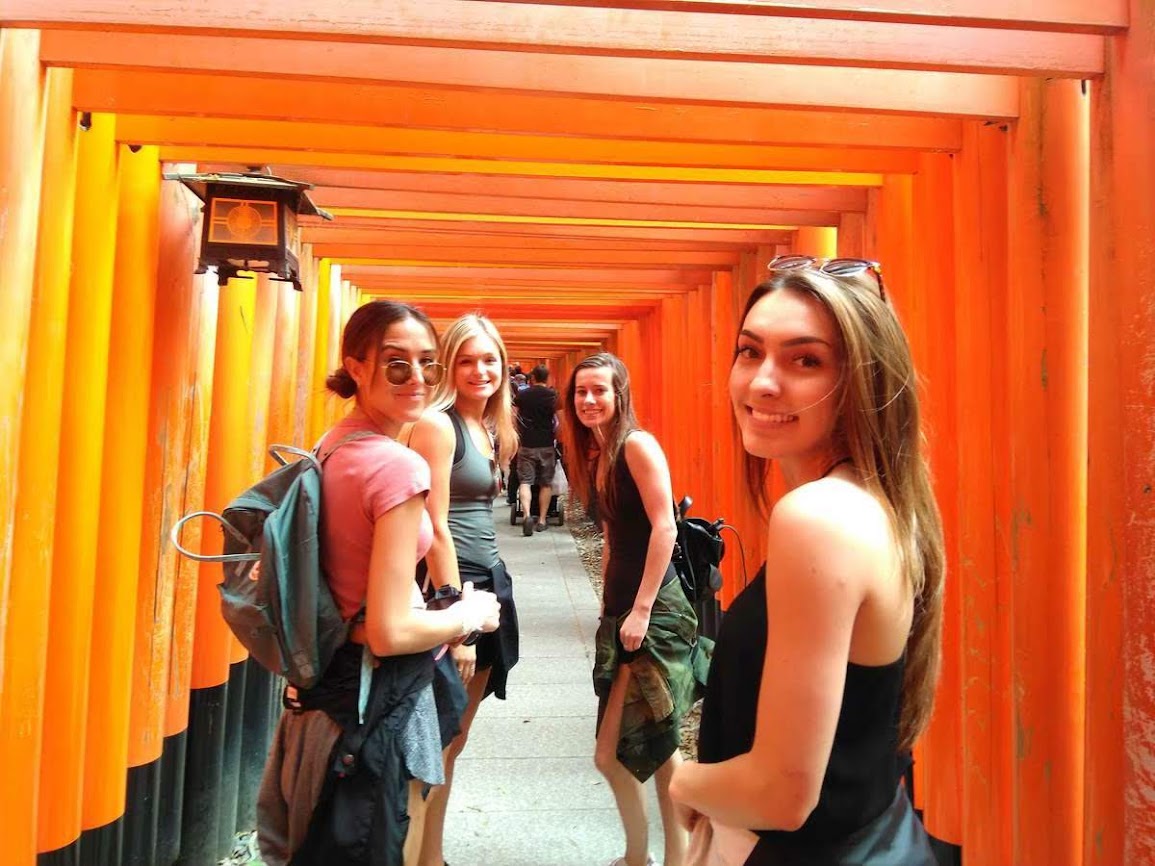
Follow us on Instagram, Facebook, Twitter, and TikTok for more travel inspiration. Or tag us to get featured!
Happy traveling!
Subscribe to our newsletter!
